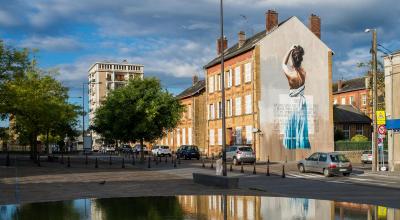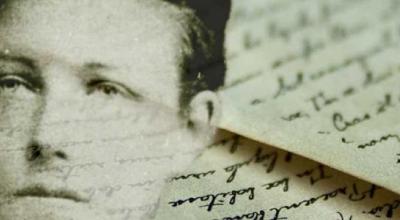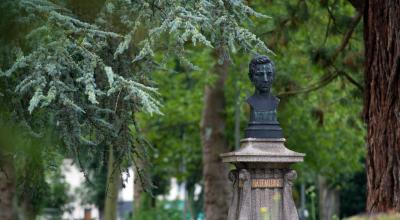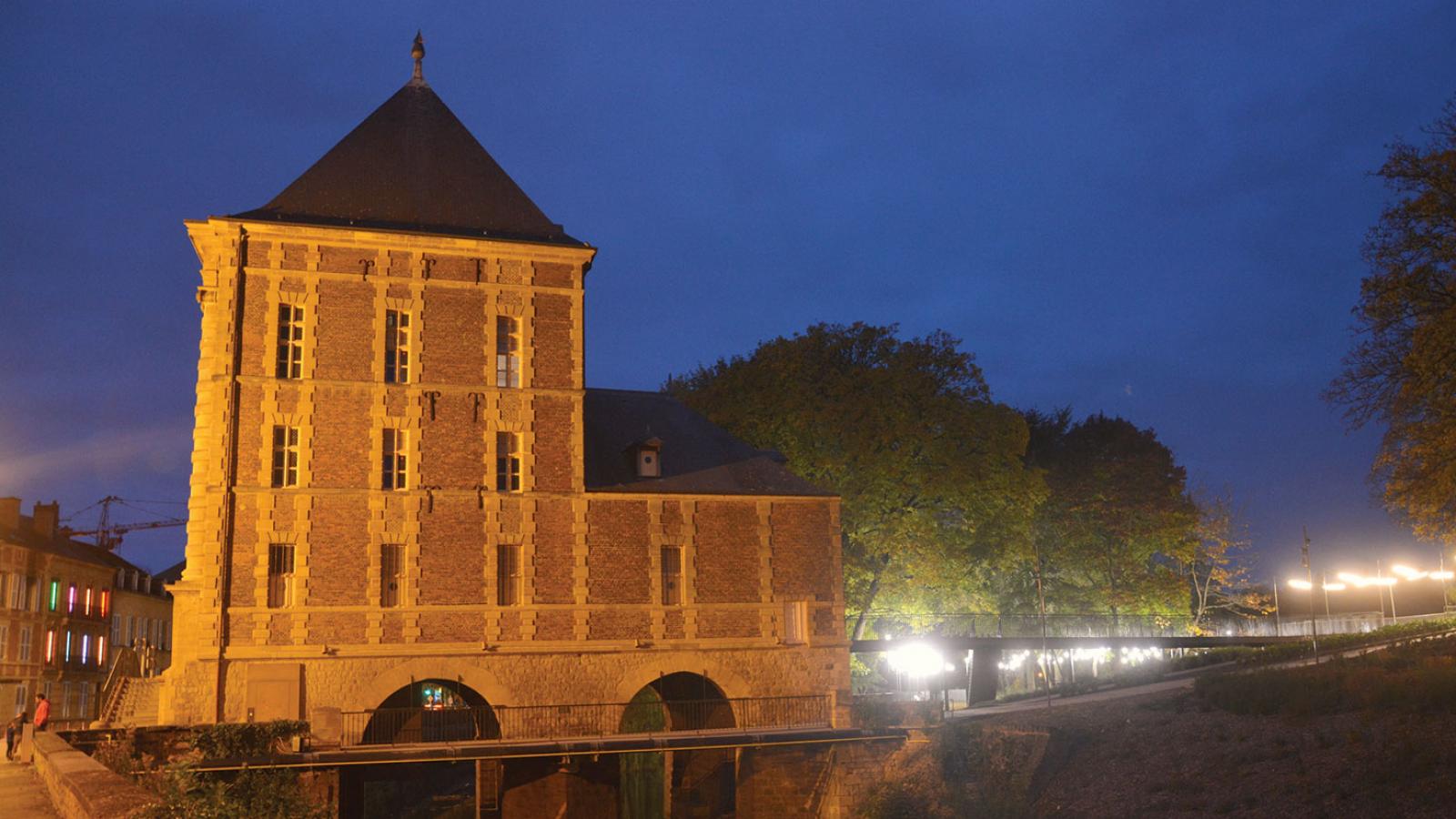
The Arthur Rimbaud Museum
Two Museums for one Poet
The city of Charleville wanted to pay homage to Arthur Rimbaud in creating, in 2015, two museums dedicated to him. Situated at the bottom of Rue du Moulin, The Rimbaud Museum is located on an arm of the river Meuse in a former 17th century mill.
It is next to the house where the poet grew up, and hosts the Maison des Ailleurs.
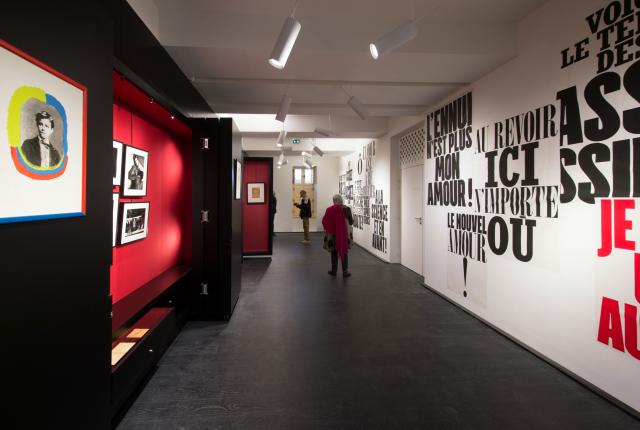
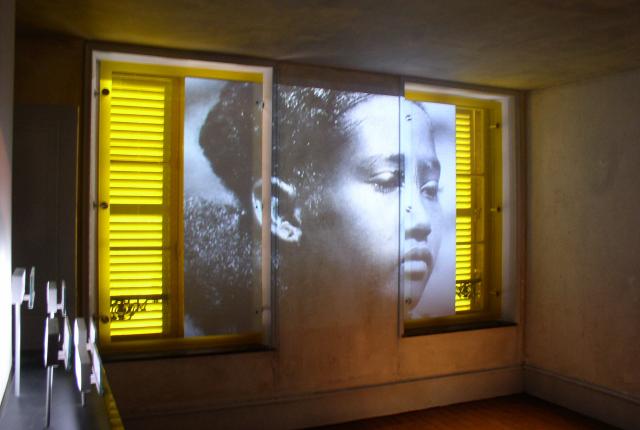
Le musée Arthur Rimbaud dédié au poète et à son oeuvre.
La Maison des Ailleurs dans laquelle Arthur Rimbaud a grandi.
Musée Arthur Rimbaud
The imposing architecture should not create the impression that the intention was to keep the memory of the poet enclosed there. Quite the contrary, the place today is totally dedicated to Arthur Rimbaud and presents numerous photographs retracing the poetic life and work of the artist. Visitors have access to a number of testimonies and objects that track the child of Charleville on his African journey: suitcases, pieces of material, technical books, but also original editions and personal souvenirs. His literary and poetic creations are present through numerous reproductions of manuscripts that bear witness to the creative intensity of the young poet. The museum equally pays homage to the 20th century artists, whose works make reference to Arthur Rimbaud: among these are Picasso, Léger, Giacometti, and Sonia Delaunay, Cocteau, Max Ernst, or more contemporarily Ernest Pignon-Ernest.
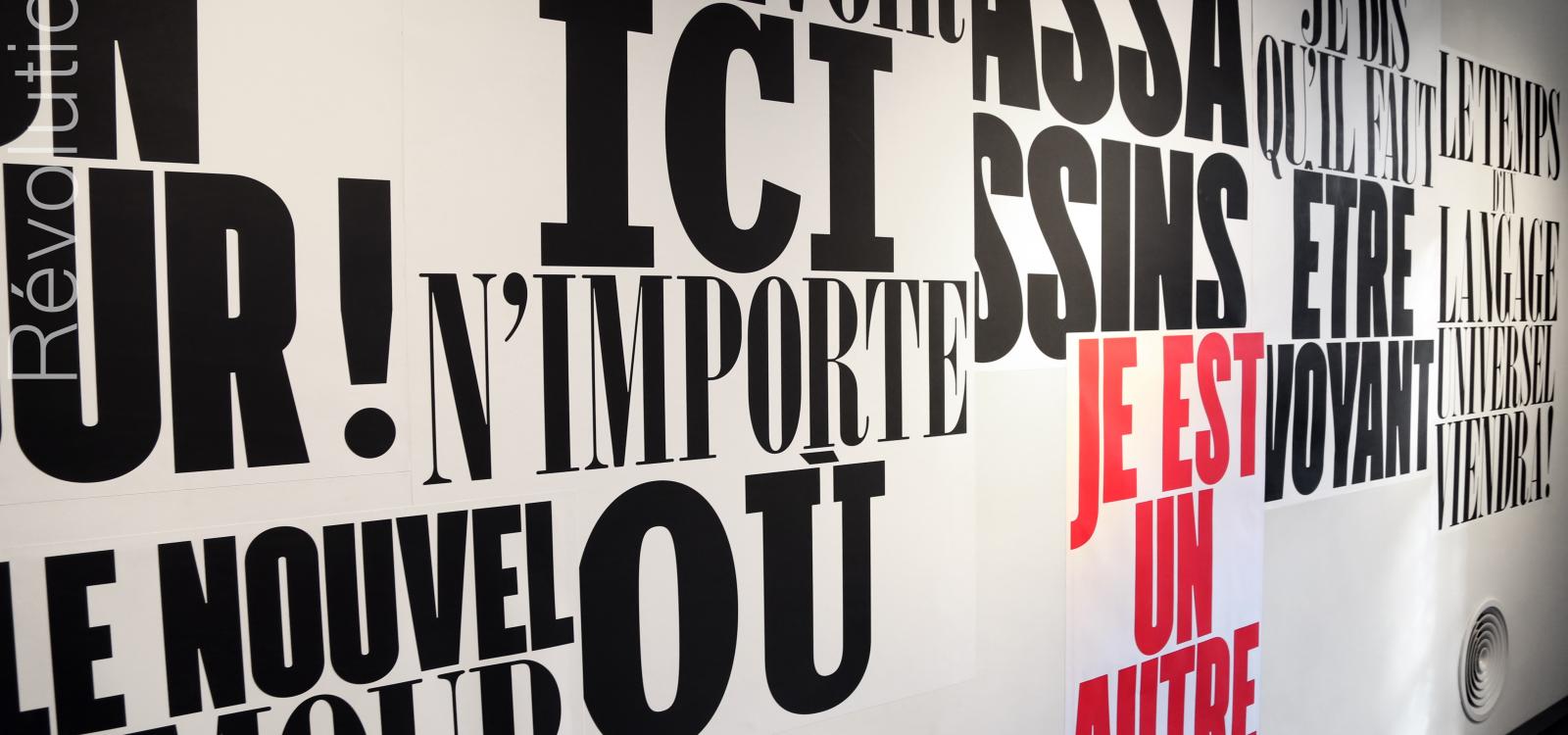
Revolutions
At 16 years old, in his “lettre du Voyant”, Rimbaud redefines the role of the poet, invents his own poetic language, and singlehandedly revolutionises poetry.
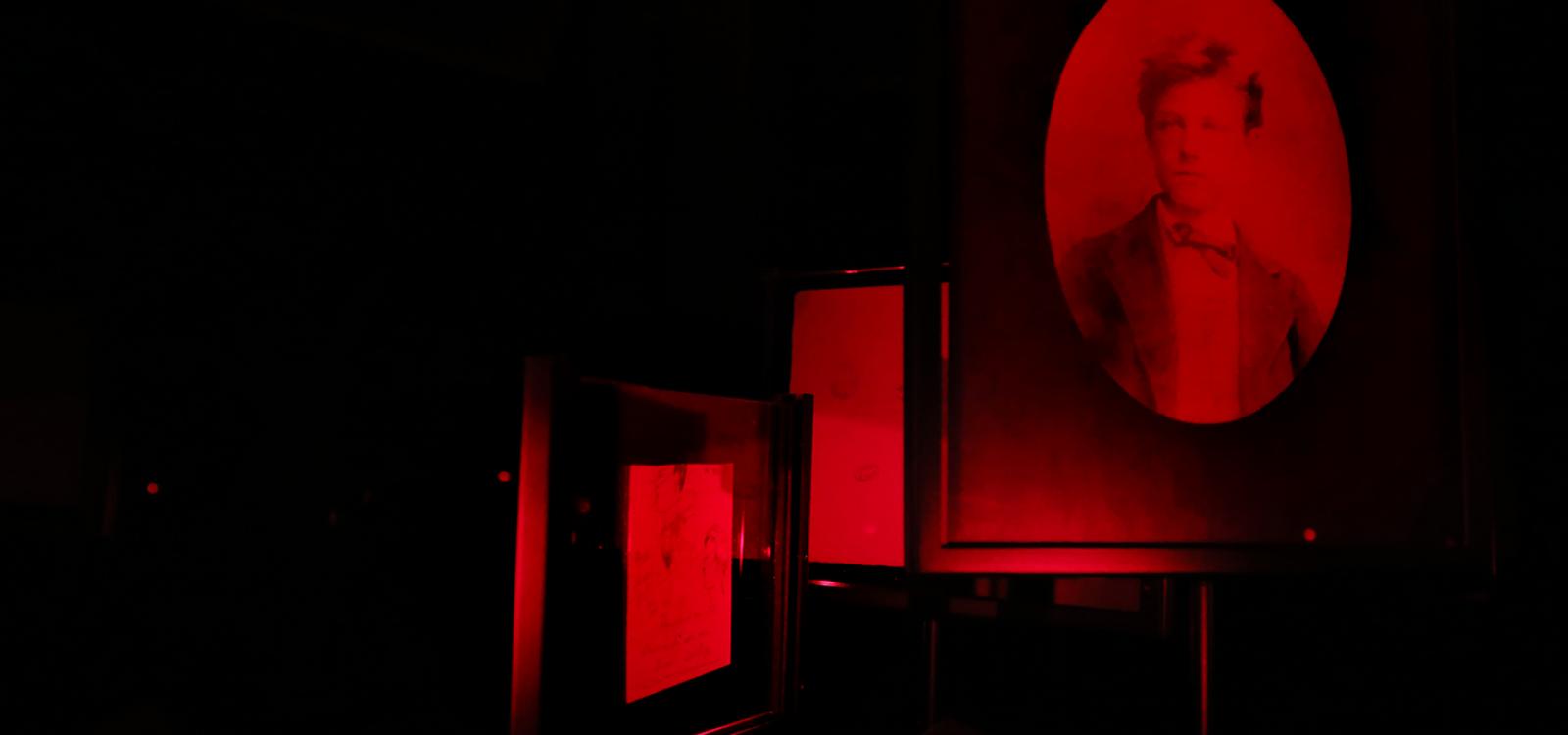
The Genius
The genius Arthur Rimbaud, in only 5 years of writing he became a literary icon.
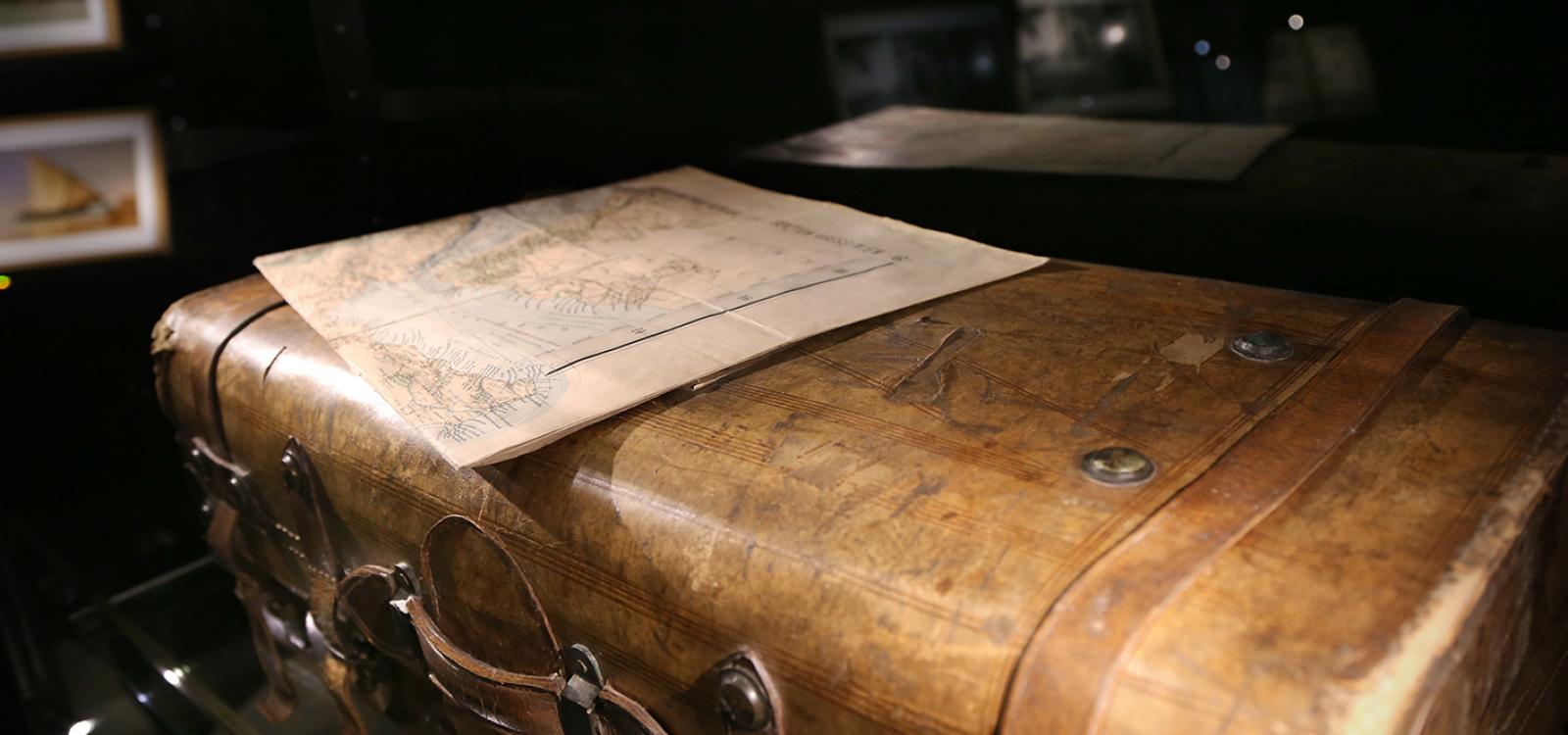
The Man with the Soles of Wind
Rimbaud travelled throughout the world from 1875 to 1880: he discovered Germany, Austria, Italy, Egypt and Cyprus.
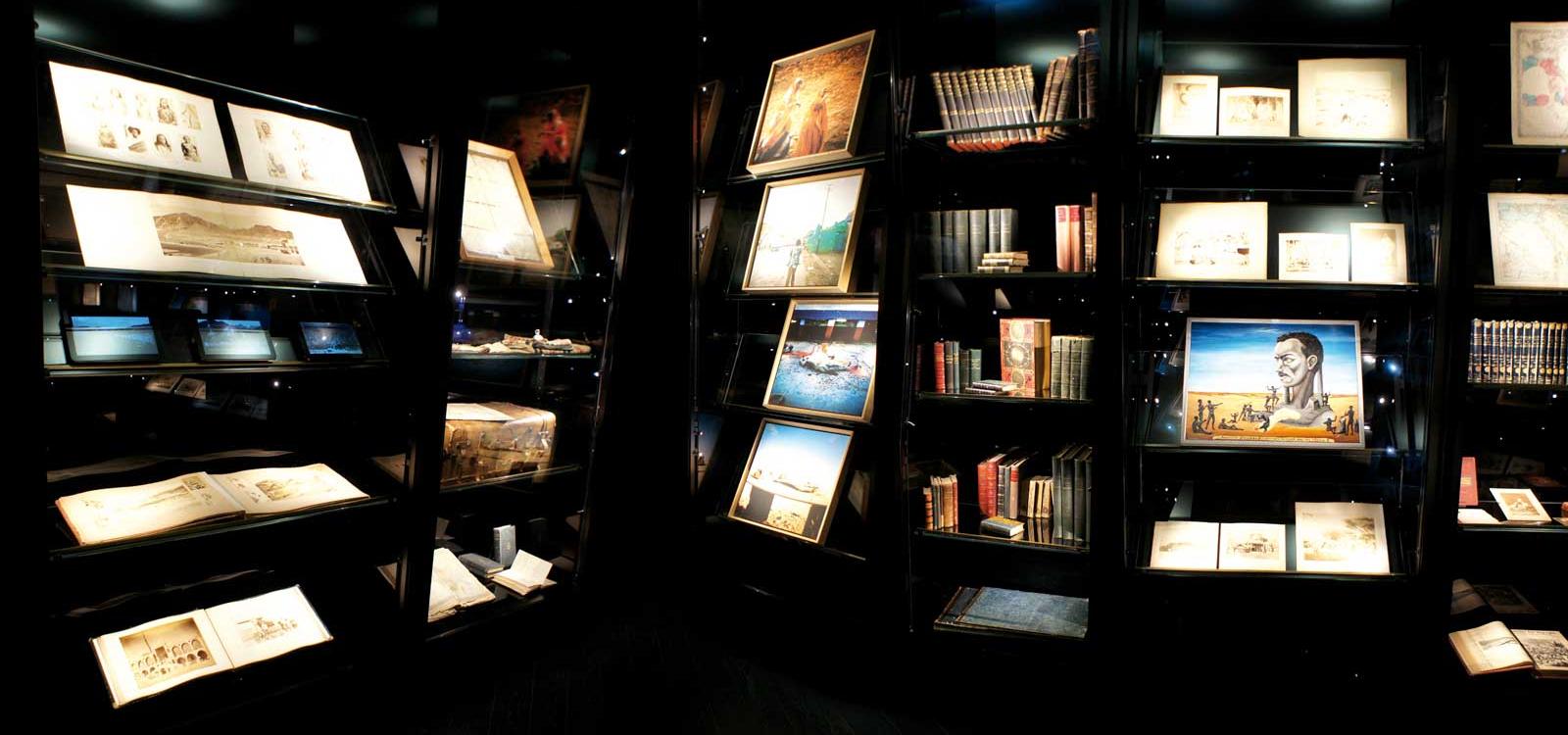
The African
In 1880, Rimbaud settled in Aden in modern day Yemen, and then in Harar in Abyssinia, and became a trader.
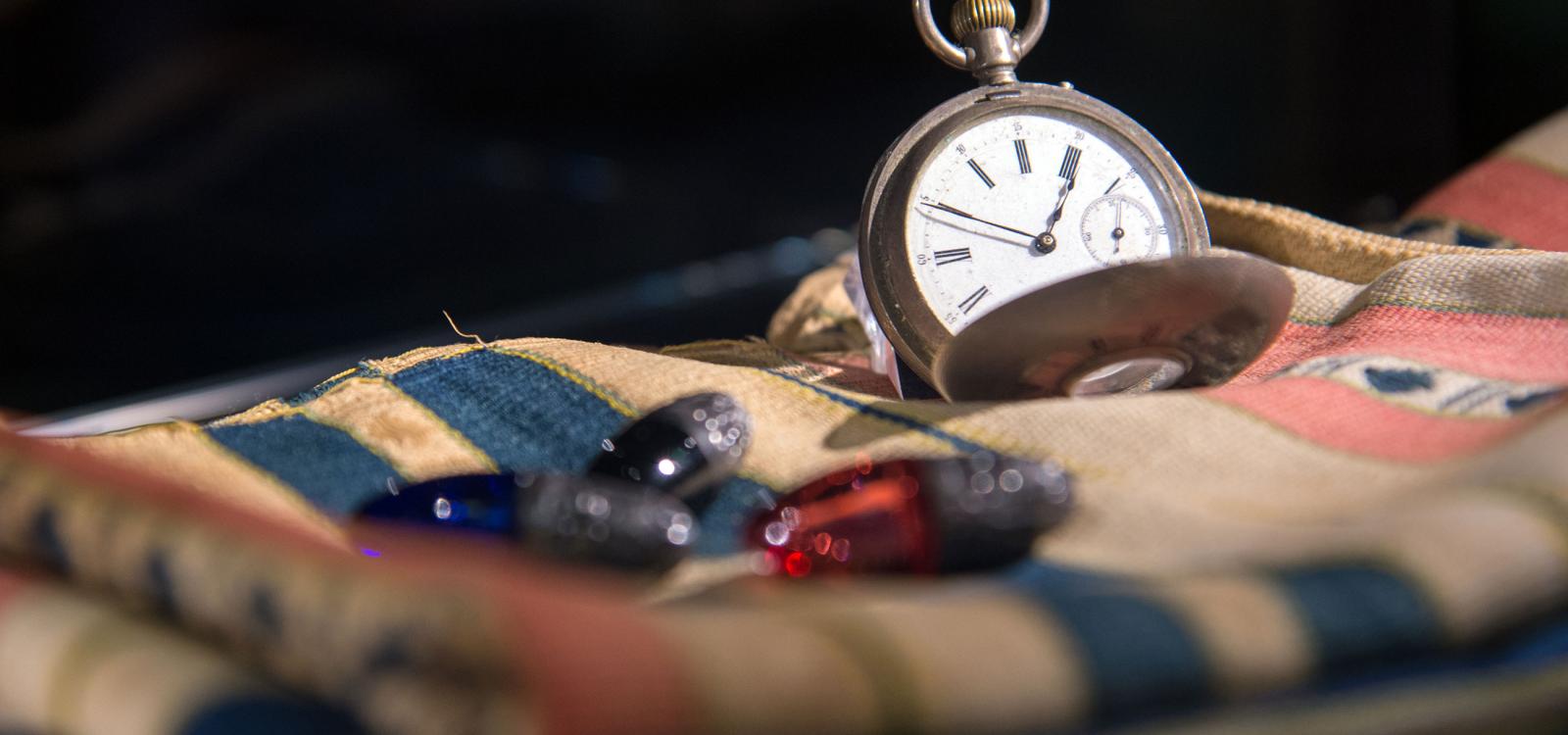
The Explorer
Rimbaud photographed and explored Abyssinia, in 1883 he wrote ‘Rapport sur L’Ogadine’ which was published by the Geographic Society.
From the vast lofts of the Attic, showers of sound allow visitors to be immersed in his poetic oeuvre. Then, coming down the main staircase, bathed in the blue light of the “Cadran”, work of the artist Claude Lévêque, you reach the Rêveries and Révolutions Halls. Through contemporary works inspired by his poetry, the childhood of the poet, his first writings, and the extraordinary intensity of the years that followed are evoked. A veritable shrine in the museum, the manuscript room, then greets visitors with a cosy atmosphere: the most precious manuscripts and the most famous photographs are on show here.
It is in crossing the Wasserfall on a footbridge over the Meuse that visitors leave the years of poetic effervescence to follow Arthur Rimbaud the traveller, negotiating and exploring across Europe and more distant places, Arabia and the Horn of Africa; fifteen years of life that offers, with the precedents already learned, a striking and mysterious contrast in this one personality.
La salle de l’Auberge verte and the island of the Vieux Moulin
The former boathouse, La salle de l’Auberge verte, has a name inspired by a Rimbaud poem, and has been renovated to fit the context of the museum and island today, allowing a magnificent space to host various events like conferences, lectures, workshops, and exhibitions; this room is today a convivial place, like an homage to the cabaret vert where Rimbaud ate one evening in Charleroi.
Maison des Ailleurs
The house where the Rimbaud family lived, in the first phase of his life, from 1869 to 1875, is today open to the public. This house is very significant because it corresponds exactly to the period of his intense poetic production.
Today, the Maison des Ailleurs evokes the poetic effervescence and provokes the same incessant drive to explore the cities and lands that fascinated Arthur Rimbaud. A true space of voyage, it allows the visitor to follow their own path in this space left open to the imagination. In each room, a map is printed on the ground as a guide to wandering, and one can pass from Stuttgart to London, from Charleroi to Brussels, from Aden to Harar. Projections of films and texts in the multicolour framework of windows bring the rooms to life. In the interior courtyard, the residence has been converted for writers and artists to ply their trade.
In 2011, the establishment was labelled "Maison des Illustres" by the Minister of Culture and Communication.
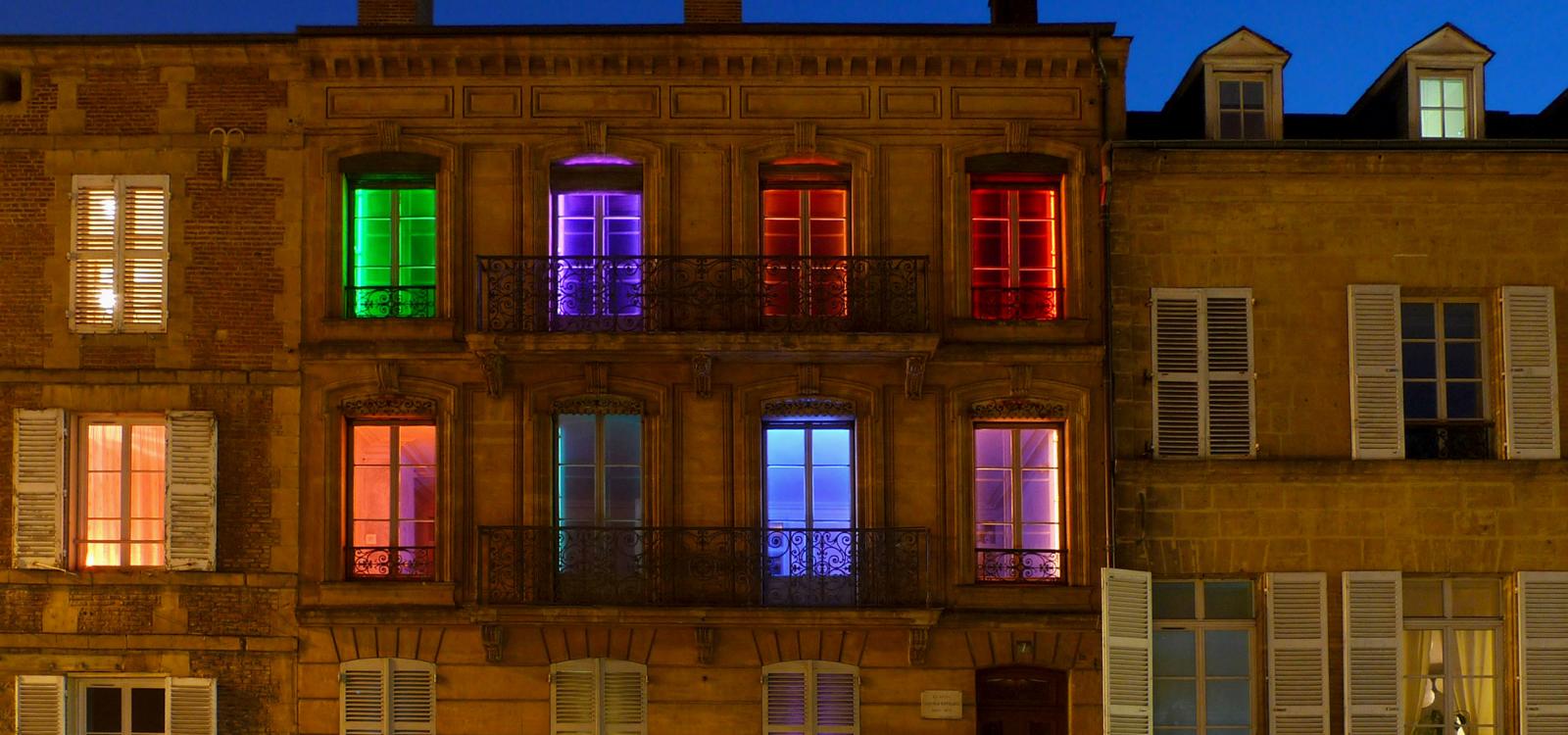
The Maison des Ailleurs
Open to the public since 2004, the childhood home of Arthur Rimbaud leads visitord to discover of his travels.
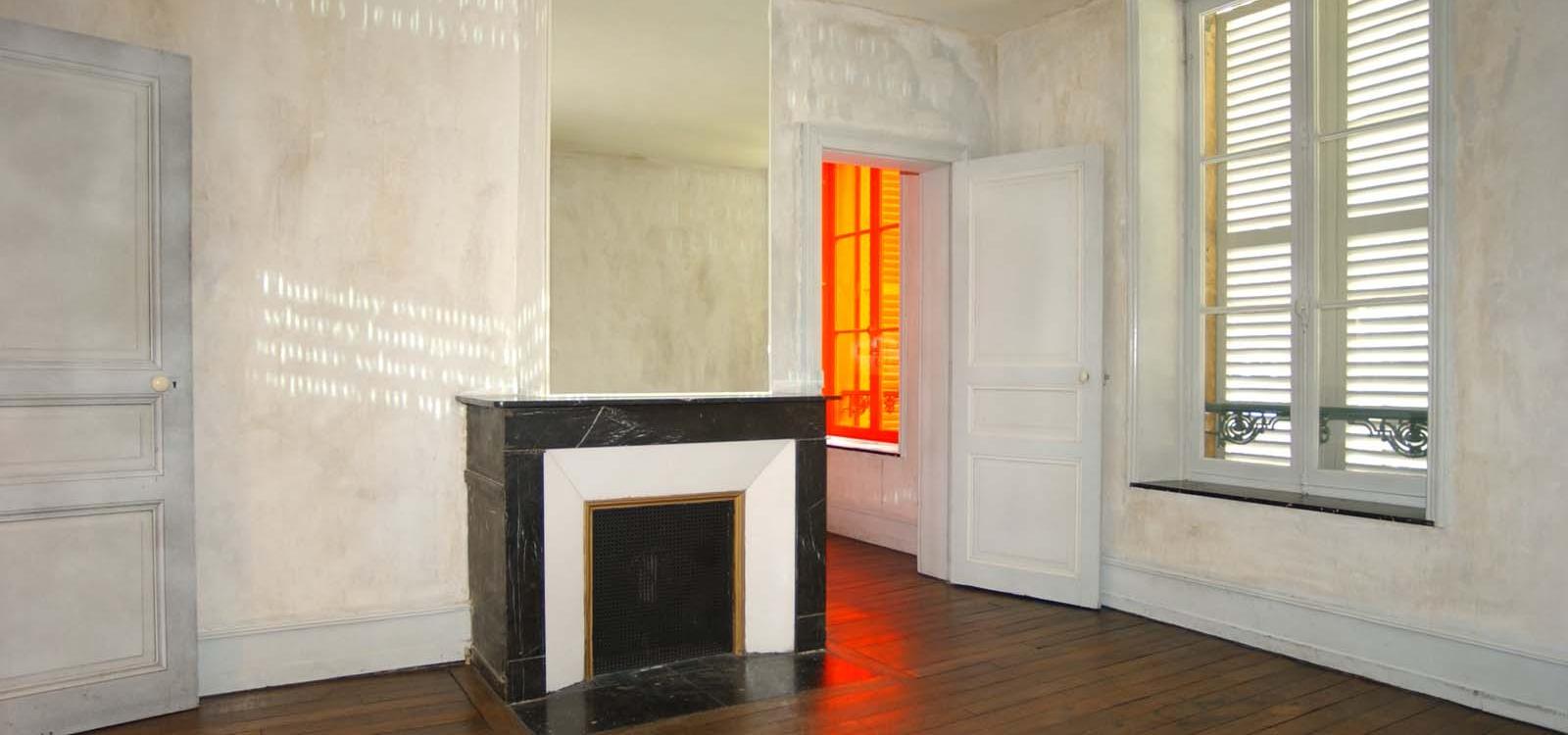
Charleville
It was his childhood bedroom, opening up into the interior courtyard, where he wrote his first poems.
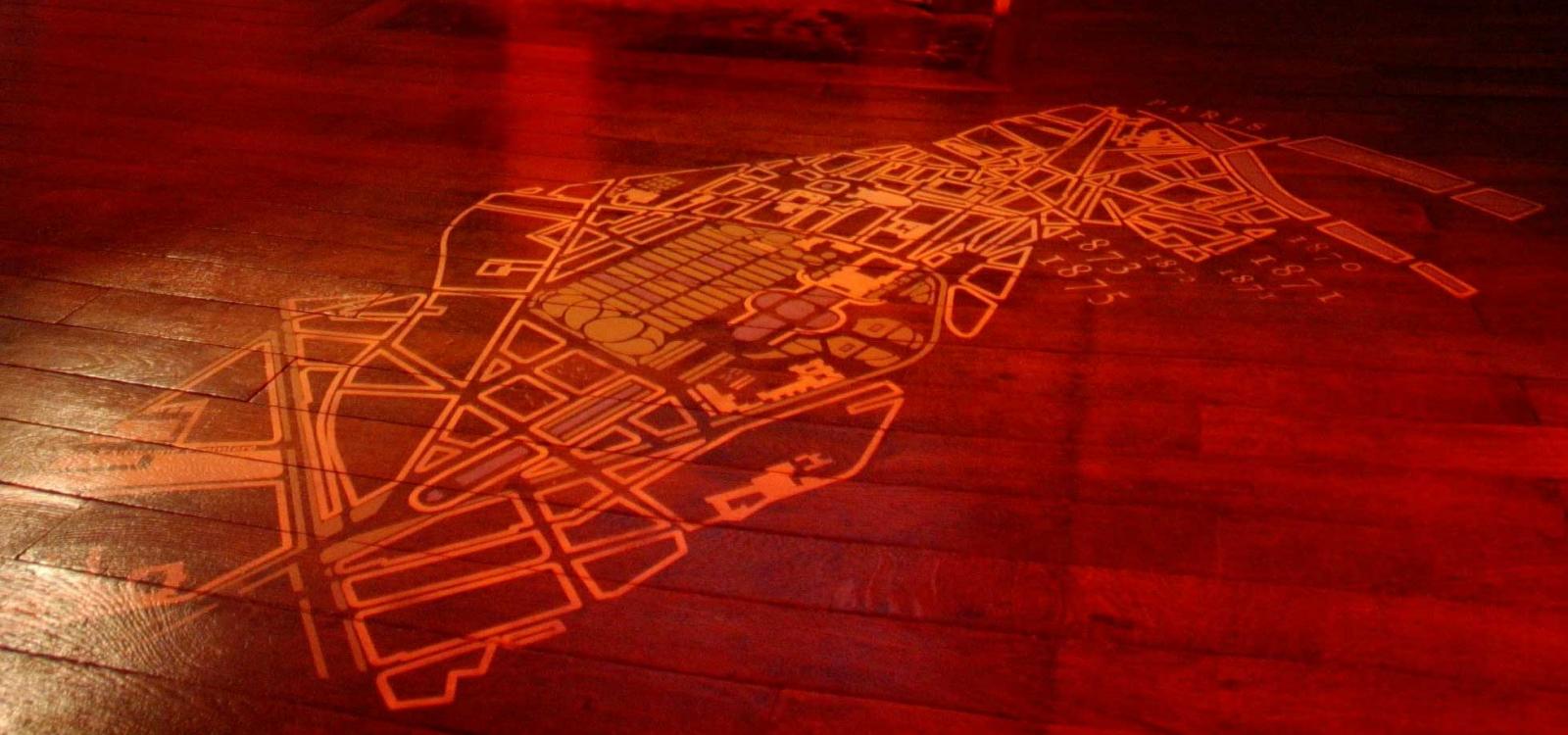
Paris
In Paris, he met Verlaine and became acquainted with the literary circles of the time.
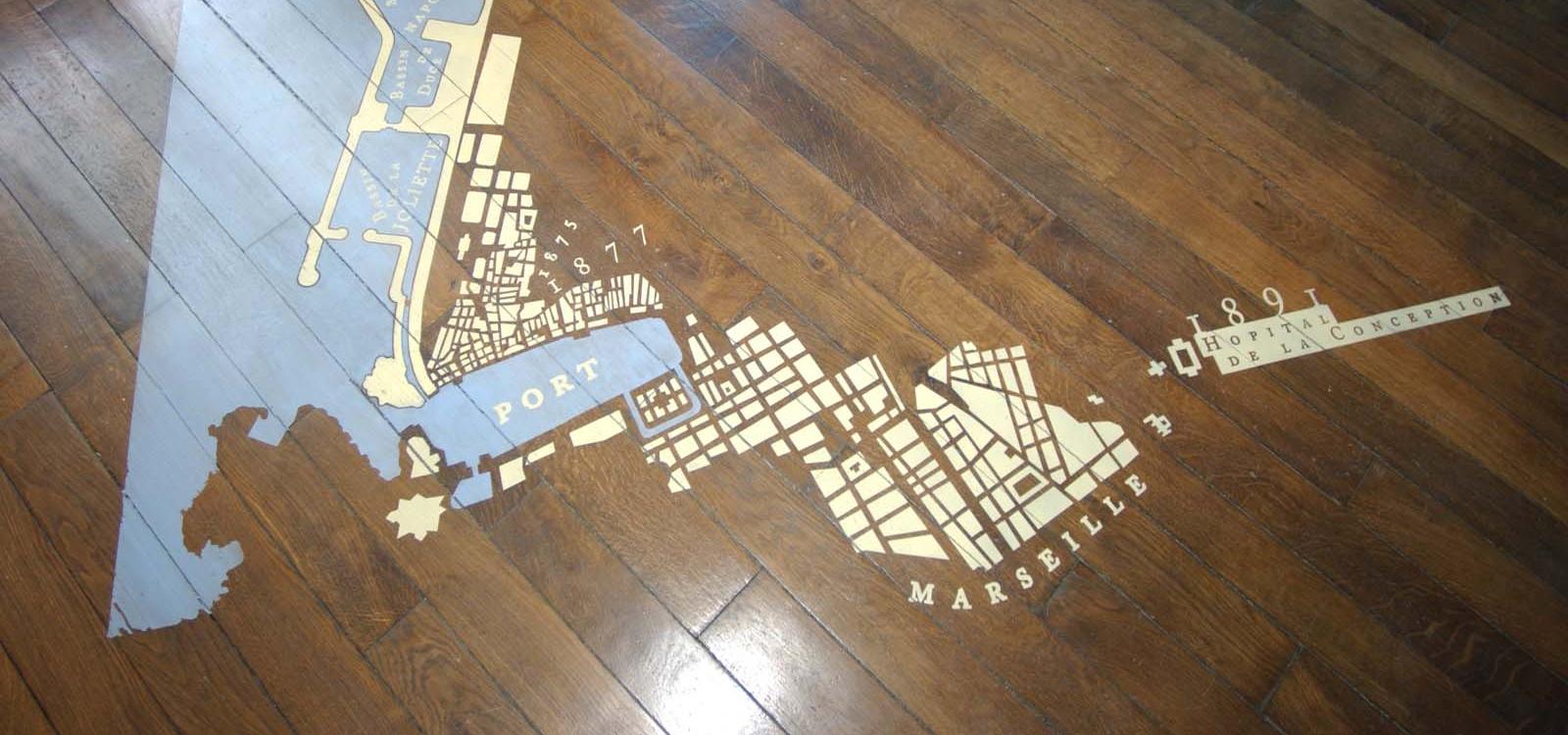
Marseille
In 1891, sick, he returned to France, to Marseille, where he died of cancer after many months of suffering.
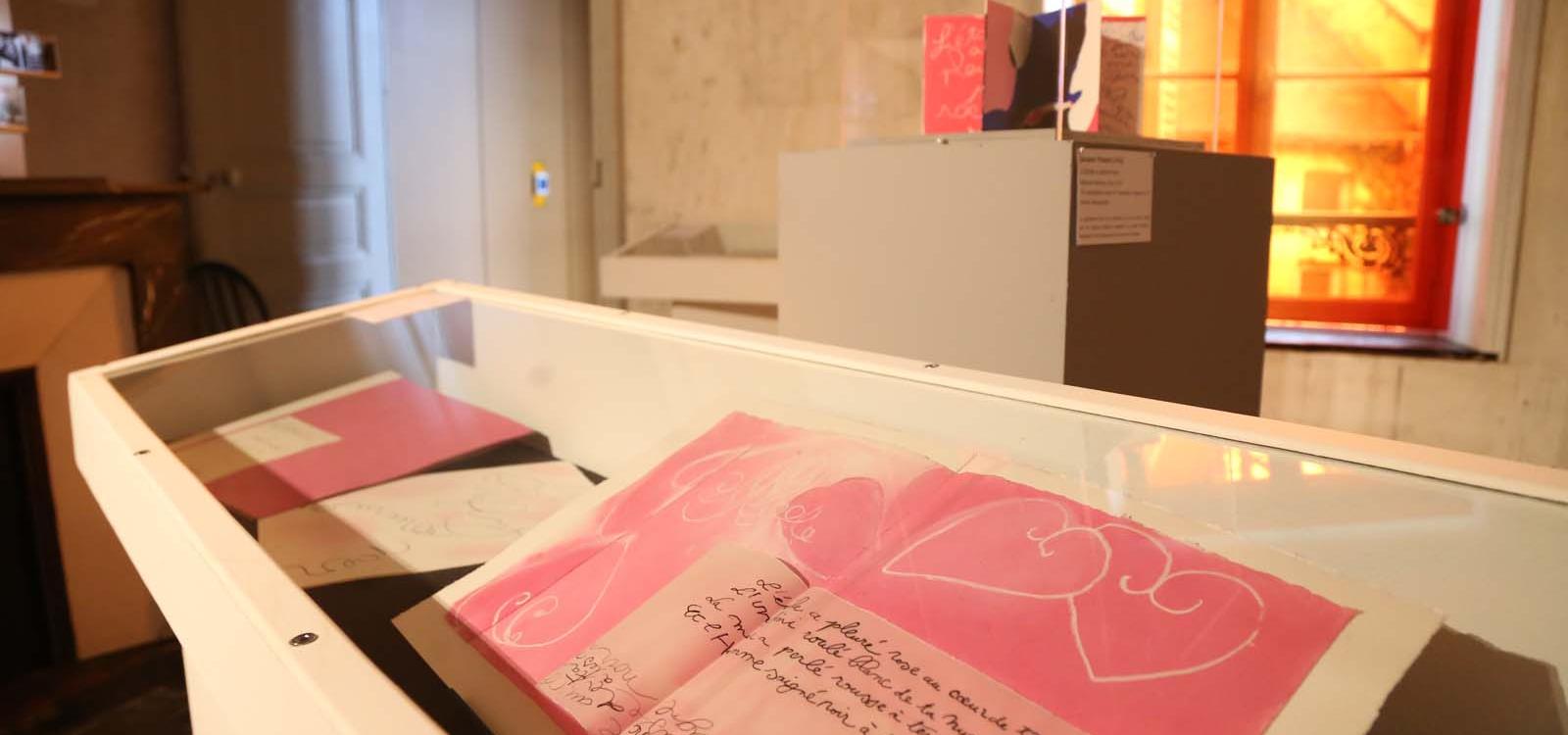
Artists’ Residence
The interior courtyard has been converted into a space for writers and artists. Where, in the magic of the space, the adventures of the pen and the imagination can be flow freely.
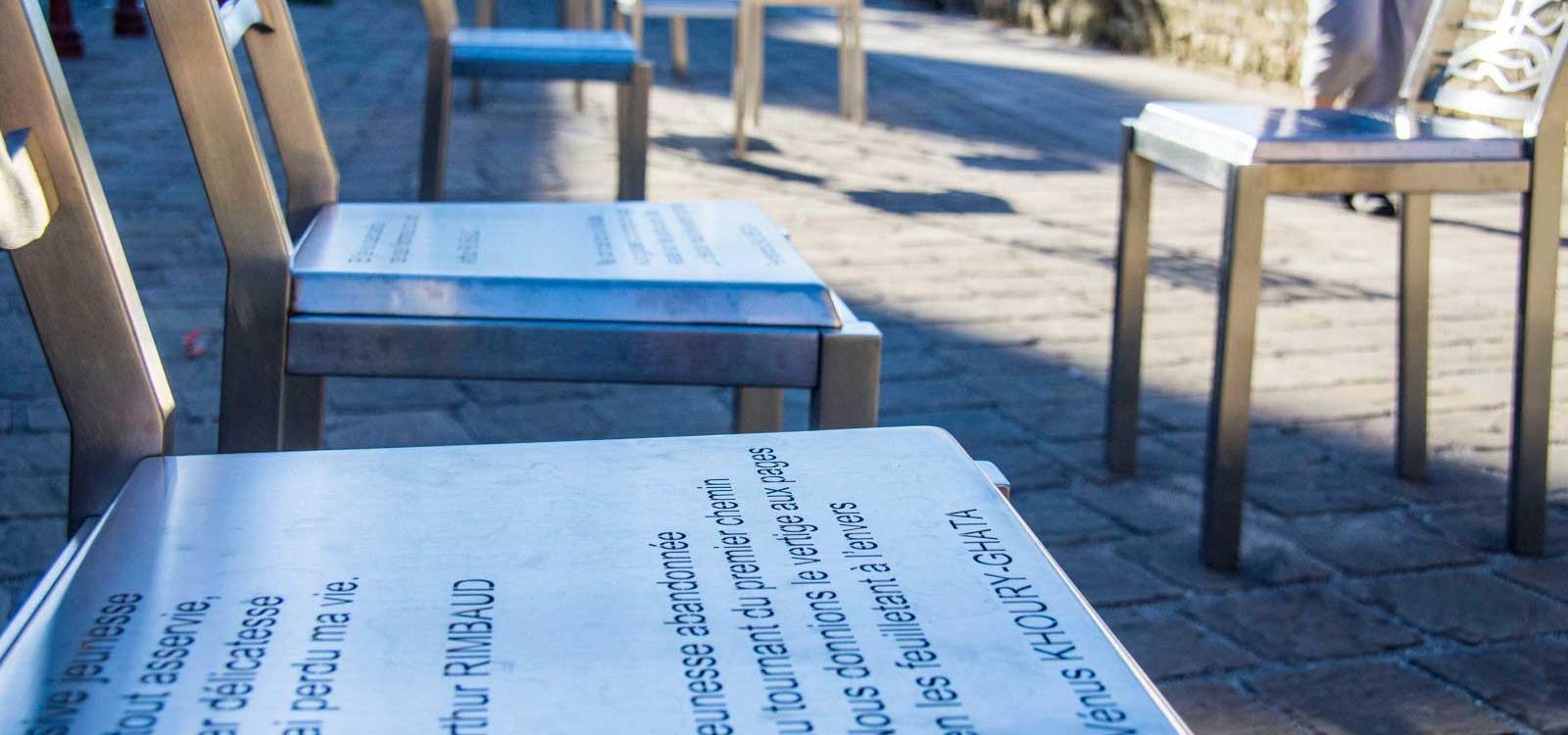
Chair-poems
On the Rimbaud platform, 18 chair-poems by the artist Michel refer to fragments of Rimbaud text and to extracts submitted by poets who came to the residence at Charleville-Mézières.


